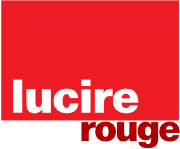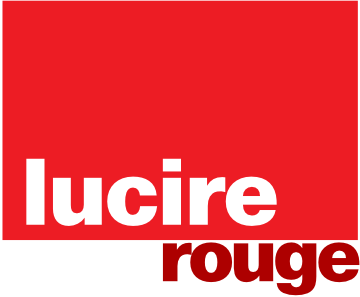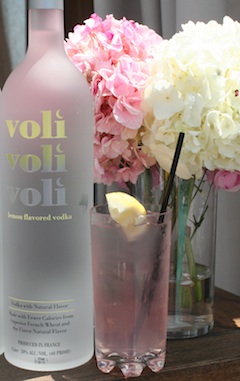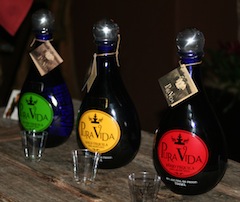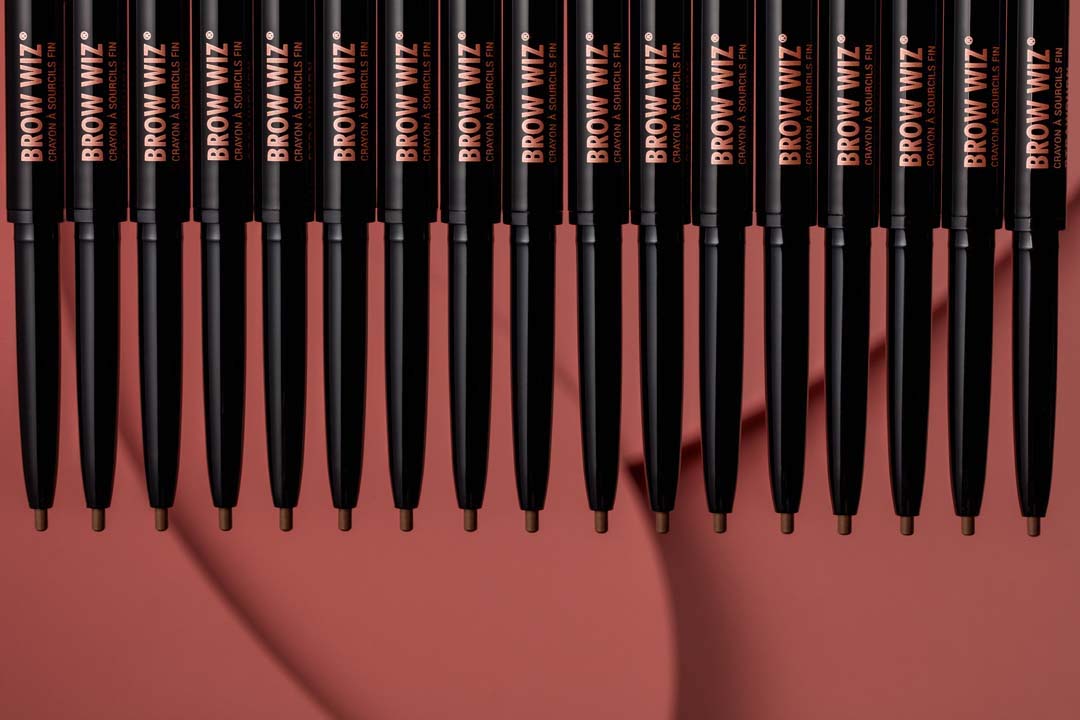Moon Bloom: a new phase of sake brewing is introduced in America
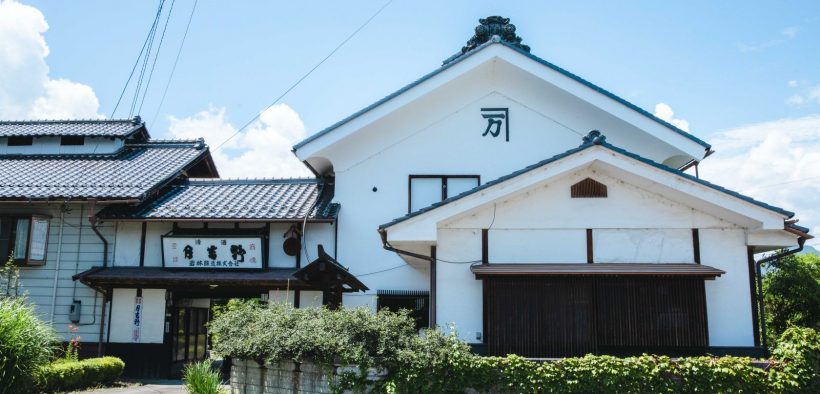
While Japanese food and spirits are beloved throughout the world, over in Nagano, Japan, Master Brewer Mami Wakabayashi is brewing a small but significant revolution at her family’s Wakabayashi Brewery with the help of two former fashion industry veterans. While Mami is one of a growing number of women tojis (master brewers) emerging in a male-dominated field, Los Angeles-based Shana Atwood and Ruriko Yamada (who divides her time between LA and Japan) have worked diligently to tell her story and make her accomplishments known beyond Japan.
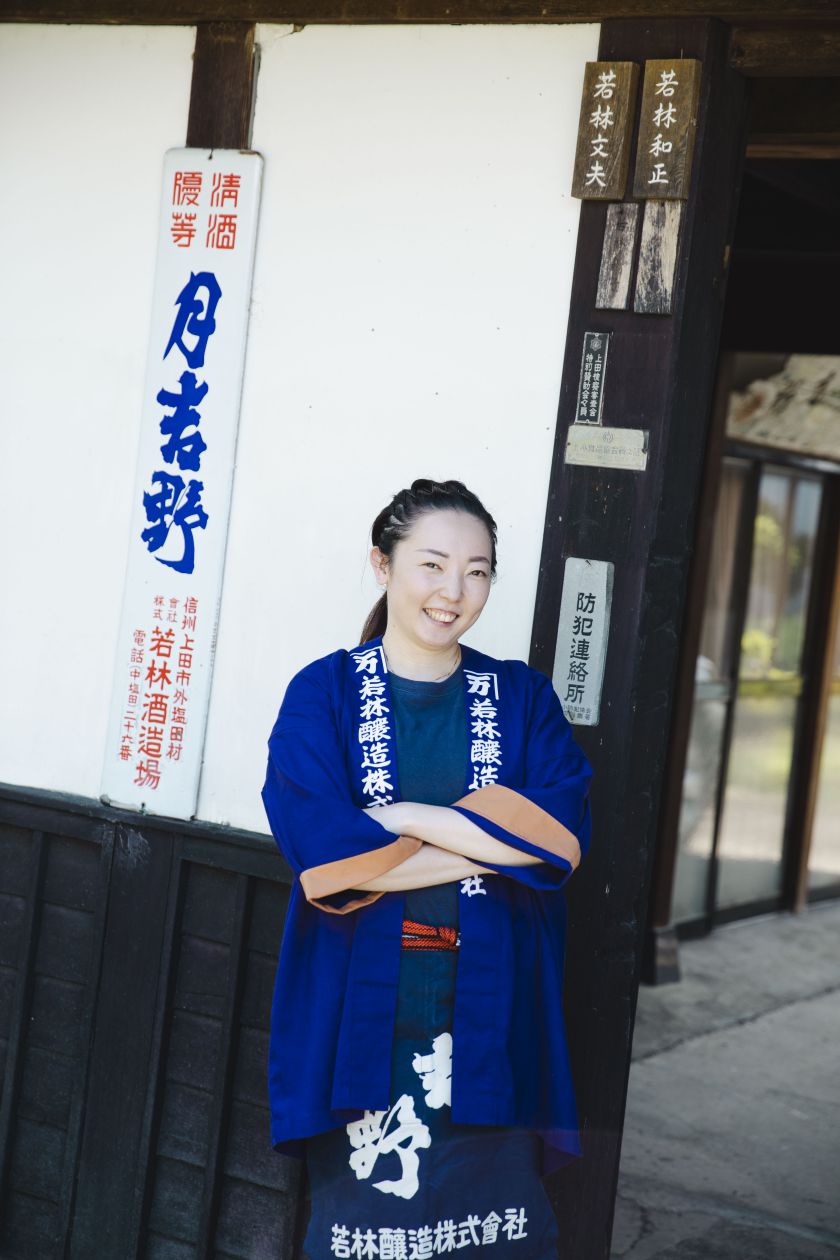
The collaboration has resulted in Moon Bloom (www.moonbloomsake.com/home) a boutique sake collection which simultaneously promotes women in a male-dominated industry and makes learning about and purchasing sake in North America easier by rethinking the packaging—all without compromising the quality or its important cultural heritage. Yamada and Atwood stress that the quality of the two sakes released and a third sake poised for a late spring début is on a par with some of the best sakes available in the US.
‘You don’t know about what sake is or what sake can be until you’ve had really good, high quality sake,’ insists Atwood. ‘Our goal is to help people understand what it is, starting with the nuances of what makes Mami Wakabayashi’s craftsmanship special, from how the rice is refined to how the water she uses derived from the snowfall in Nagano impacts its quality. Ultimately, our company is about educating American sake drinkers about the ingredients, cultural traditions and techniques that went into the bottle.’
Yamada and Atwood met in LA when Atwood went to work for Ruriko’s apparel brand. However, career changes and a shared passion for sake led to their reconnecting a few years later to grow a new company out of a generations-old Japanese industry. While the goal is to offer a high-quality sake on a par with some of the best sakes coming out of Japan, they also hope to change attitudes back in Japan about the role women can play in keeping breweries moving forward while preserving traditions. Back in Japan, Mami is contributing to the effort, not only by keeping the 120-year-old brewery going strong, but collaborating with the Seven Brewers (she is the youngest in this group of women tojis) to build a better sake industry that represents the best of what women can contribute to the craft.
‘What made for the change in sake production was that it was a common practice for families to pass the brewery on to sons,’ adds Yamada. ‘A few years ago, many families recognized that they would have to shut their breweries down. However, in this era, if a daughter is willing to take over, it could save the family business—as long as she is willing and able to do it. Mami is more than up to the task.’

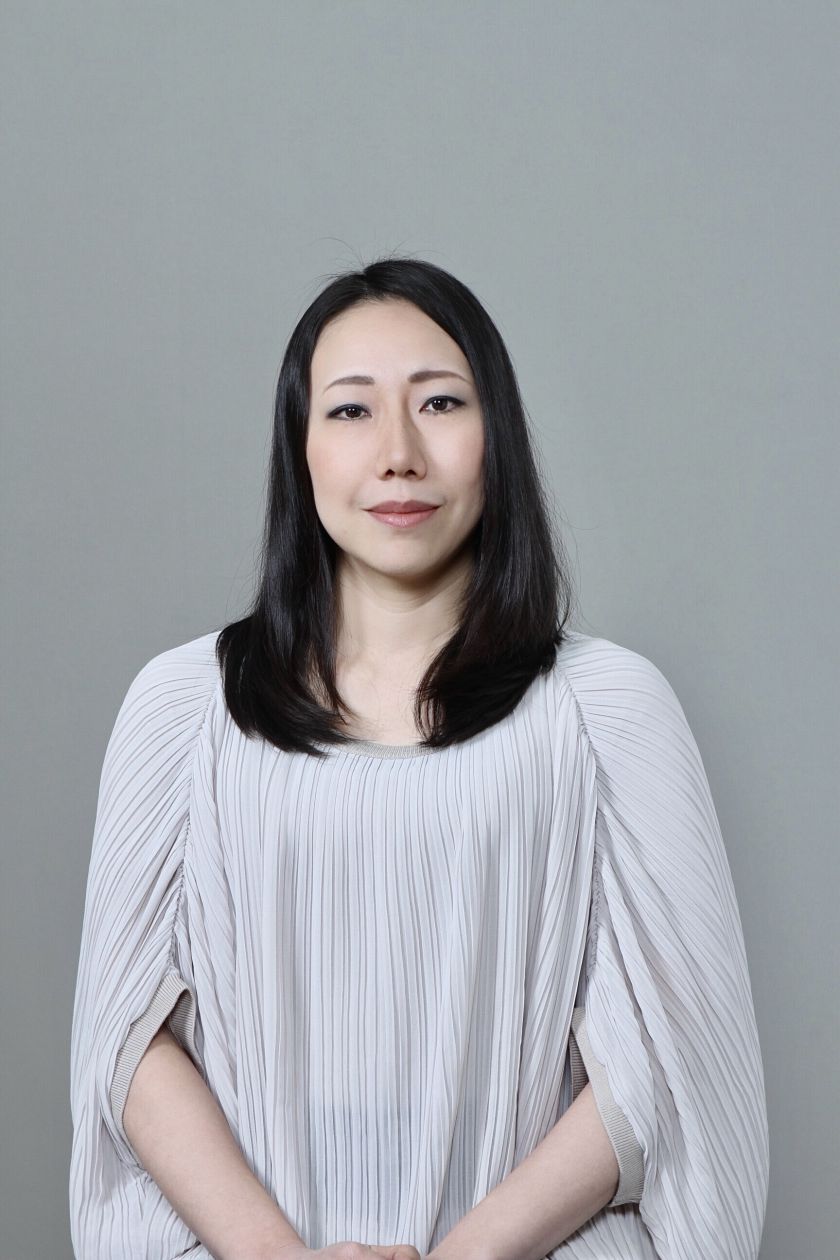
Shana Atwood and Ruriko Yamada
How would you describe this unique transcontinental business model?
Shana Atwood: Moon Bloom is its own brand with our business model in Los Angeles, but we work with Wakabayashi exclusively so we can honour the craft that happens there under Mami’s direction. While opening the sake industry to more women brewers, we also strive to protect an important part of Japanese culture and heritage, as there are half as many sake breweries as there were in the early 2000s.
What makes Mami’s story so universally appealing?
SA: The story of how Mami quit her job to return home and learn how to make sake is compelling. Furthermore, what she was able to accomplish under unexpected and dramatic circumstances in a short period of time was even more amazing. She had the opportunity to apprentice under a famous, highly respected toji at a neighbouring brewery, only to have him pass away half way through her training. Although she was thrust into learning the craft and trade even more quickly, the fact that she saved her family’s brewery and kept its legacy going is powerful. We believe this story can only help sake gain a bigger market in the west.
Ruriko Yamada: Altogether there are maybe 40 or 50 female tojis in Japan, it’s still a male-dominated industry. Therefore, Mami’s membership as the youngest of the Seven Brewers group is also significant, especially when you consider that they are not competing with each other but working together to improve their industry, and the women’s standing in it. While each toji produces different sakes traditional to her region, they all do events and promotions together, as well as collaborate on special sake projects. In some parts through history, until a few years ago, women were not even allowed to be tojis in some areas.
How did you two originally meet?
SA: I had just left a position [at] Marciano [the high-profile fashion company behind Guess Jeans]. As I wanted to stay in fashion, I ended up connecting with Ruriko’s business partner and took a job at Multi-Purpose, which was a “give-back” fashion company. We designed pieces inspired by different causes, including the environment, social justice, and women’s issues and would donate a portion of the profits to non-profit organizations supporting them. While I considered this project a labour of love, it eventually took me in the direction of the hospitality industry. Although Ruriko initially stayed in fashion, focused on custom printing and the Japanese market, the opportunity to work with Mami Wakabayashi brought us back together in a partner capacity.
And how did you both reconnect?
RY: One reason why I came to Shana was because her husband, a graphic designer, used to work for my fashion brand as our main graphic designer. I approached both of them with the idea, Shana liked it immediately, and today her husband has been designing our labels and marketing materials, branding information.
SA: We pretty much fell back into how we used to work together, and we wanted to create labels that were written in English, more graphic and something the American sake could effortlessly select and easily remember.
Why is rethinking sake packaging and marketing such a timely idea?
SA: Having a growing number of women, including those who are visible like Mami, [is] helping open up opportunities for others in sake as well as other related industries. Those who are visible are helping change the culture and the public’s minds, in opening the industry out to more women. Even in America among the wine industry it is still male-dominated but those women who are in it are helping each other gain visibility and success, learn together, have more of a voice. After all, women make up more than half of the consumer population, therefore, shouldn’t we have more of a say in the things made for us or things we’re going to be buying for our family and friends as well as ourselves?
RY: From my experience, say I worked in a Japanese restaurant, and women are going to drink what they want to drink. All my girlfriends love sake, and more often than not, when we go out to Japanese restaurants, they do it because they want to drink sake. Between women and men, it’s the women who are more willing to go out and try something new.
What led to your dramatic career changes?
RY: I learned about Mami in an article published in a magazine sitting in my parents’ house when I was back in Japan visiting them. I really felt connected to Mami’s story, about how she had been working in the fashion industry, but decided to leave her career to take over her parents’ business—the sake brewery. As her parents did not have a son to take it over, they discussed shutting the 120-year-old Wakabayashi Brewery down. She was committed to taking over the business to continue the family legacy, even though she had no experience brewing sake or working in that business. Mami’s story moved me to the point where after 20 years living in the US, I decided to move back to Japan to take over my parents’ business, which has nothing to do with fashion.
Even with sake widely available in North America, what’s the hook you are using to make fans of Japanese food and beverage stand up and take notice?
RY: I had wanted to do something related to my own culture for a long time. Although I was working in fashion design, my business had no real connection to my background. When reflecting on how to go about it, I realized that the sake that we see stocked on US liquor stores and supermarket shelves all look the same. The labels are written in Japanese characters, making it difficult to tell one apart from the other. While Americans who love Japanese cuisine find sake labels pretty, I thought it would be a game-changer for us to create special labels for the US market that would clearly explain what was inside the bottle.
SA: I looked back to the time I had worked with a Japanese restaurant while working in the hospitality industry. I observed heated sake and sake bomb cocktails are the way most Americans are introduced to sake. I then recalled that the first time I tried a really good sake, it completely changed how I think about it as well as the way sake brewing parallels how wines are made … how the rice is refined, the water source used for it, and the fermentation process. Although I recognize the ones I have enjoyed while dining out with friends or have been exposed to through my hospitality career, the way most sake bottles are labelled today makes it difficult for the average person to pick which ones will appeal to them.
Besides labelling, what are the fundamental differences between sake created for Japanese consumption and sake created specifically for the US market?
SA: It goes without saying that the flavour profiles Maki has created are not going to change or be adapted for American palates. We’re changing nothing about the recipe or brewing process. We’re simply making sake even more accessible and easy to understand. Education is a huge part of our success, but there are also trends to consider. This led to Mami creating the Moon Bloom ‘Kunoichi’ Yamahai as the second release. Our third release, the premium Daiginjo, is more delicate and pairs with very refined dishes and foods. We consider it to be the next step people take in the process of learning more about sake once they are familiar with good quality basics.
With the majority of sake taste tests we’ve been following, dry sake is actually more popular in the American market. This is why we believe the first Moon Bloom sake we brought to market caught on so quickly, as it is such a versatile sake … one you can drink cold or heated. There is a nice mouth feel and balance between sweetness and dryness on the palate, and it goes with a lot of different dishes.
Moon landing
Shana Atwood and Ruriko Yamada offer the following tasting notes and pairing tips for the Moon Bloom sakes
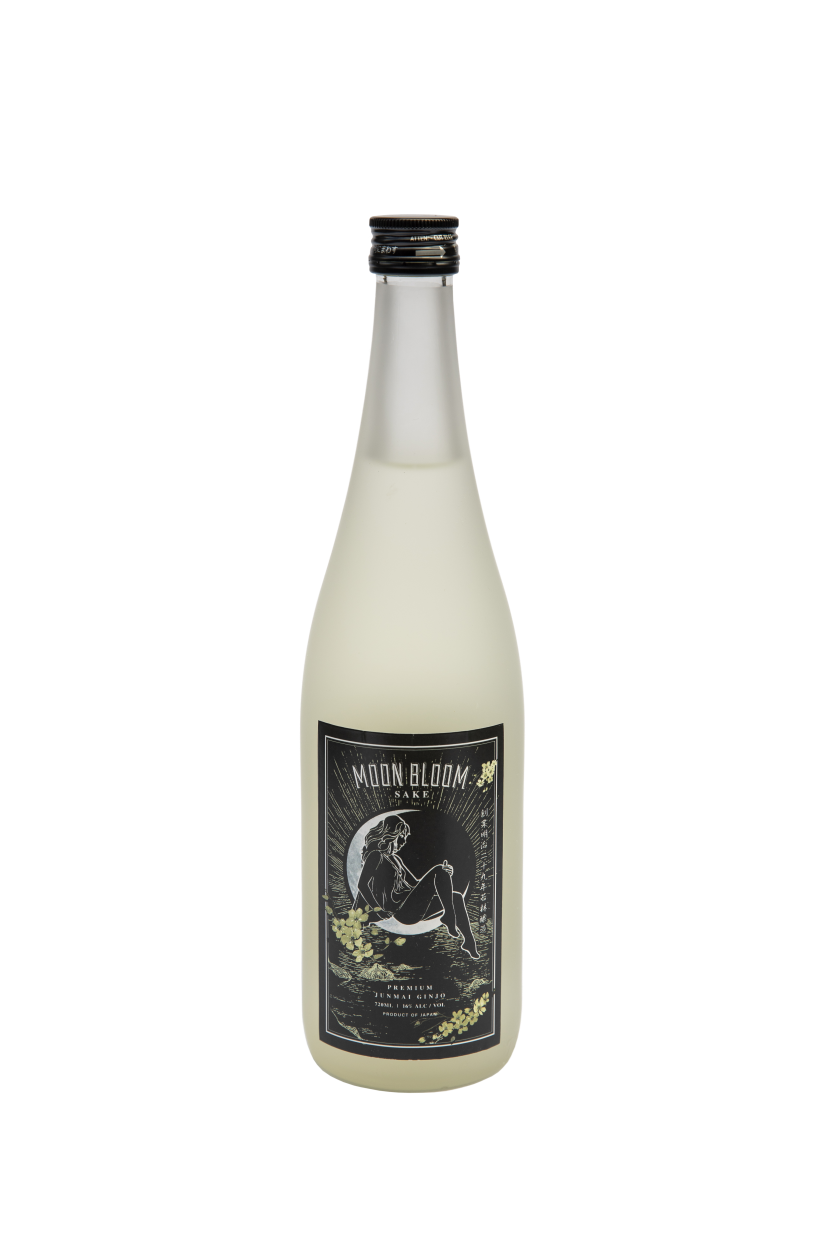
Moon Bloom Junmai: You can serve it chilled, slightly warmed or hot according to preference. However, we recommend paying attention to seasons: warmed during colder evenings and months, and chilled when temperatures outside rise. It pairs nicely with sushi and sashimi, especially red snapper and tuna, as well as steamed crab, grilled fish, simple nabe (hot pot dishes), boiled tofu and even fried foods and cheeses. Feeling adventurous? Try it with spicy Thai dishes.
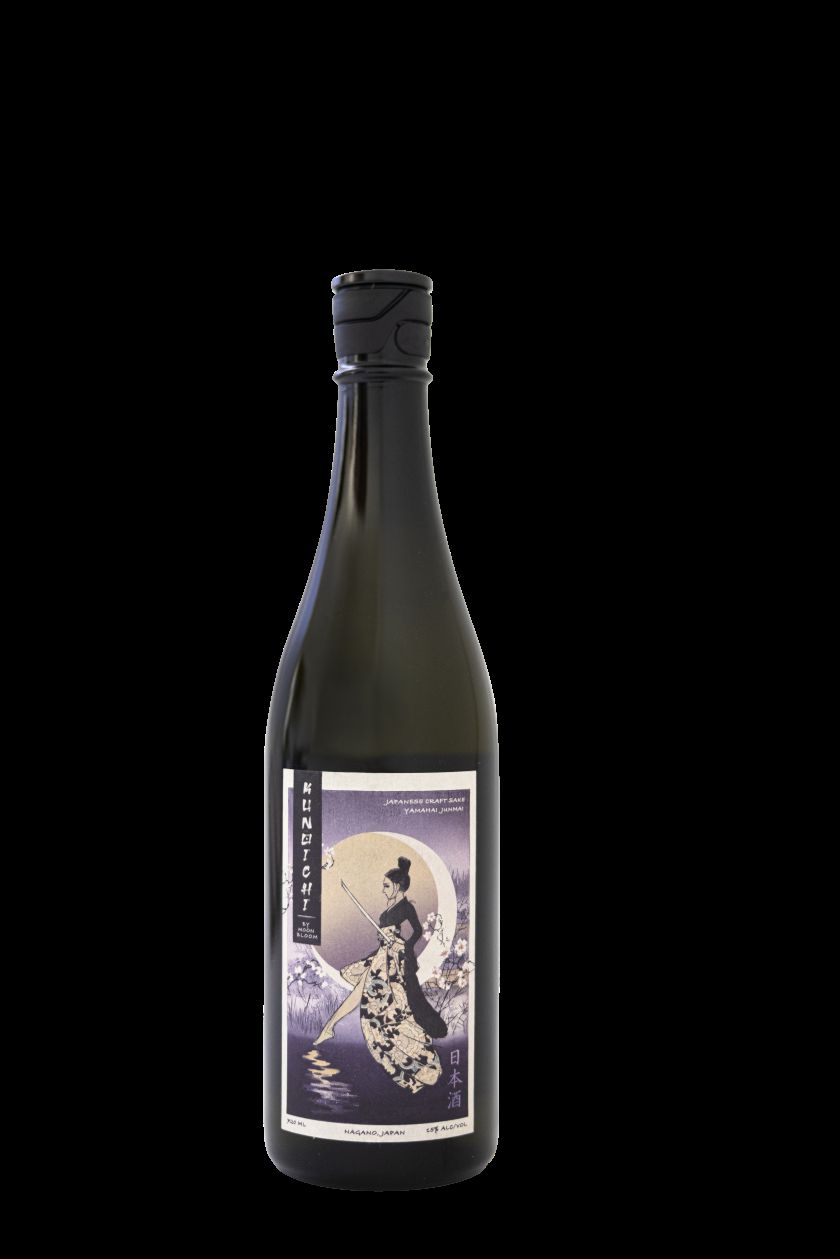
Nunoichi: Performs very well chilled or room temperature, though it becomes more savoury when warmed. Stands up to dishes with stronger flavours, like yakitori or grilled meats. Good with seafood (shellfish) dishes, steamed mussels, and yosenabe (a basic Japanese hot pot featuring a mix of chicken, seafood, tofu, and vegetables in a dashi broth).
Daiginjo: This elegant sake, best served chilled, is perfect for light dishes and appetizers, including carpaccio and salads with vinaigrette dressings, as well as dishes with fruit such as prosciutto and melon, etc), or desserts. Also pairs well with sashimi and with light sushi. If you are going to go with omakase (multicourse meals) at a Japanese restaurant, Moon Bloom and Moon Bloom Daiginjo are great bottles to consider.
Moon Bloom Sake Junmai Ginjo Genshu and Moon Bloom ‘Kunoichi’ Yamahai are available online at www.moonbloomsake.com/shop as well as at select restaurants, liquor stores and grocery stores in California, Nevada and Hawai‘i. They will be releasing the Moon Bloom Junmai Daiginjo in late spring.
